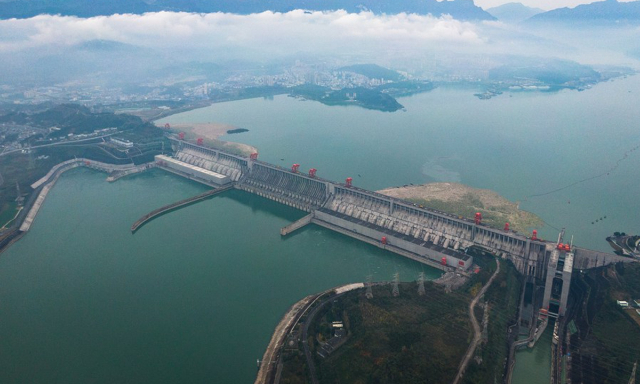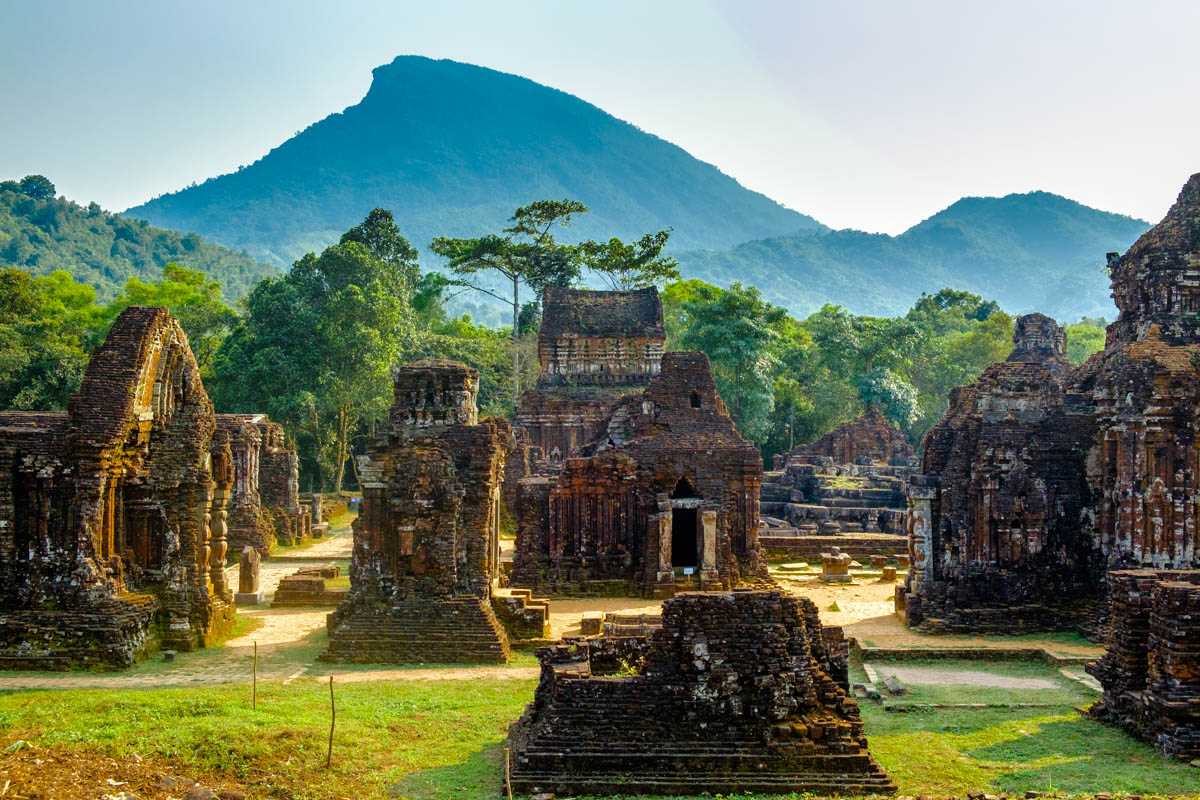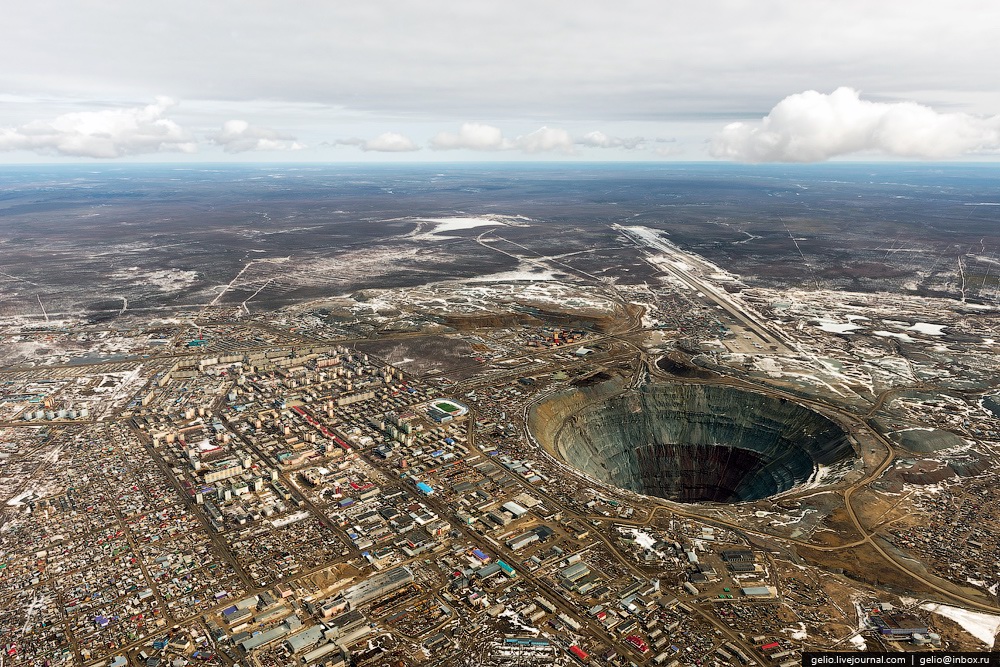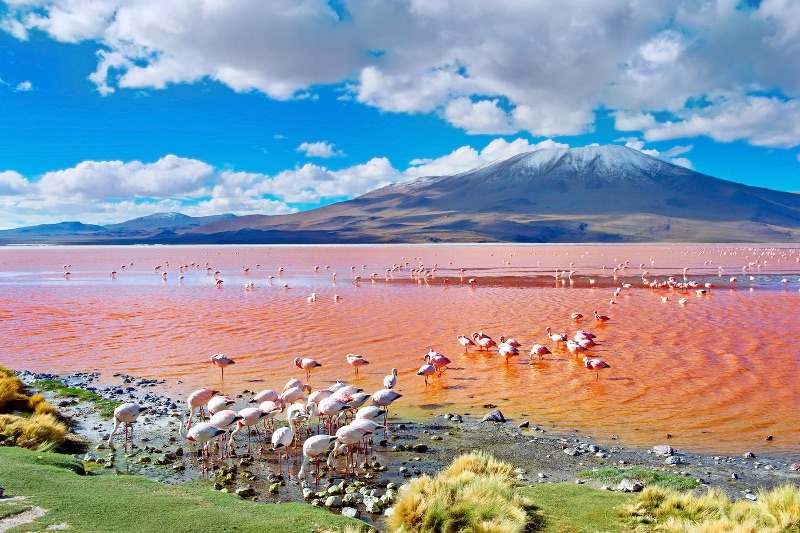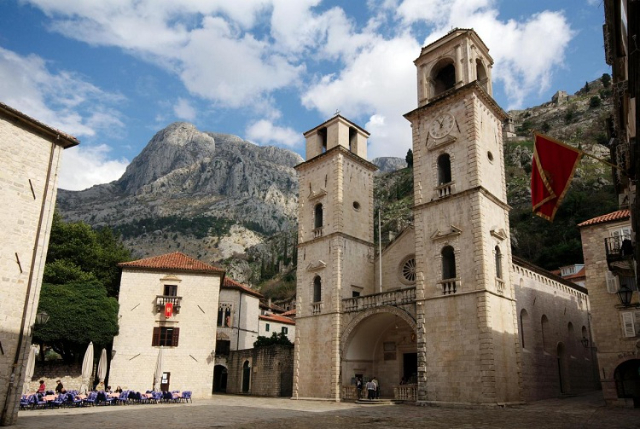The Three Gorges refer to a renowned scenic area along the Yangtze River in China, known for its breathtaking natural beauty, cultural significance, and the monumental Three Gorges Dam project. The Three Gorges span approximately 120 miles (193 kilometers) along the Yangtze River, consisting of three main gorges: Qutang Gorge, Wu Gorge, and Xiling Gorge.
-
Qutang Gorge: This is the shortest and most dramatic of the three gorges, characterized by steep cliffs and towering mountains. The entrance to the Qutang Gorge is marked by the iconic Kui Gate.
-
Wu Gorge: Known for its deep valleys and mist-covered peaks, Wu Gorge is renowned for its enchanting scenery. The goddess peak, Wu Gorge’s prominent landmark, adds a mythical touch to the landscape.
-
Xiling Gorge: As the longest and the last of the three gorges, Xiling Gorge is famous for its diverse landscapes. It is divided into the Upper Xiling, Middle Xiling, and Lower Xiling. The completion of the Three Gorges Dam transformed the lower part of Xiling Gorge.
The Three Gorges Dam, one of the largest hydropower projects in the world, is located in the Xiling Gorge. The dam plays a crucial role in flood control, electricity generation, and navigation along the Yangtze River.
The Three Gorges region is not only celebrated for its natural scenery but also for its cultural and historical sites, including temples, pagodas, and ancient villages. Tourists often take cruises along the Yangtze River to appreciate the stunning landscapes and explore the cultural heritage of the Three Gorges.

